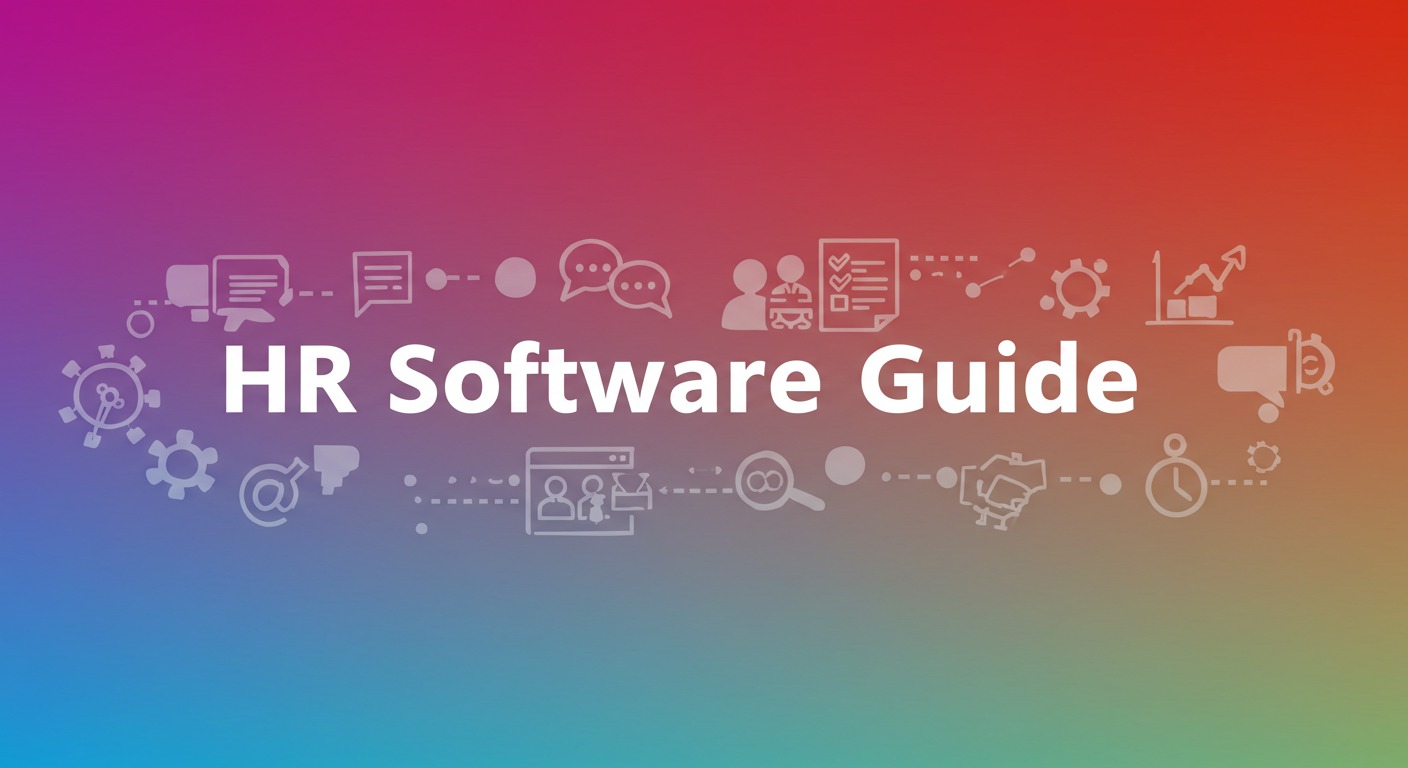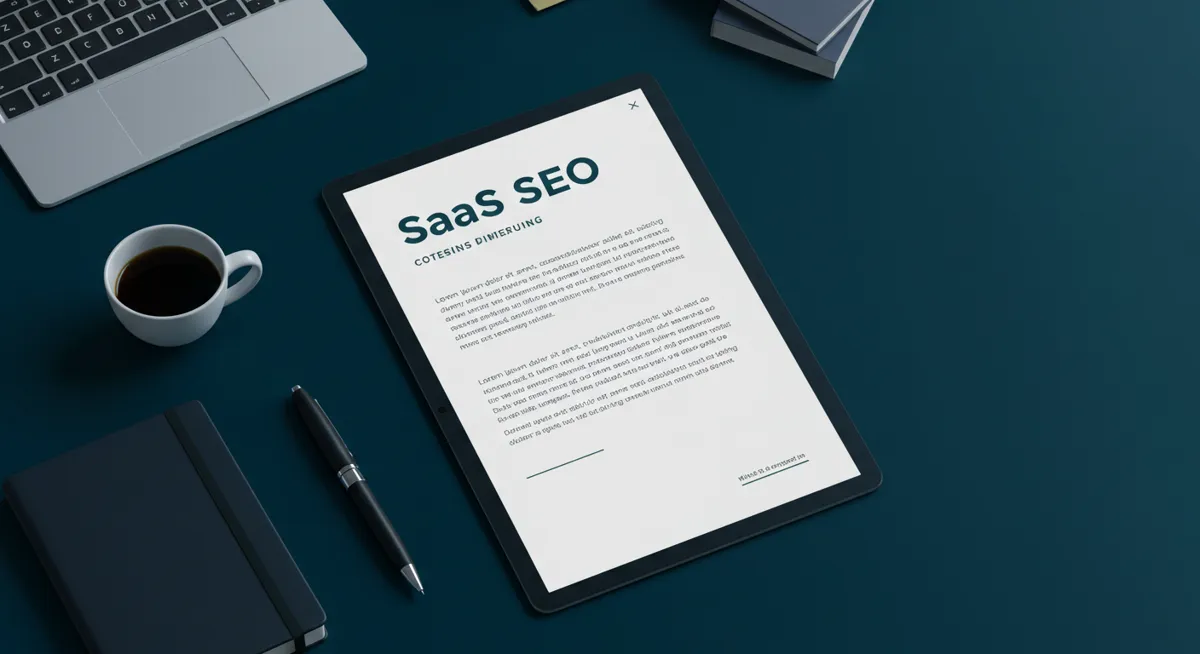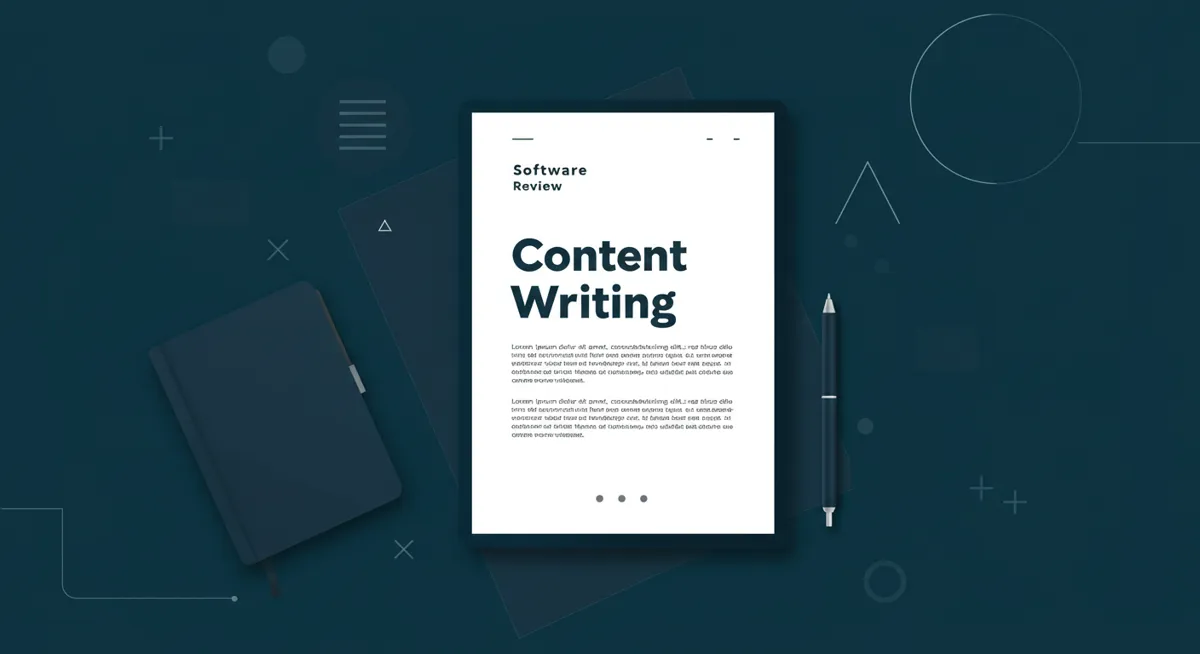Disclosure Information
This blog contains affiliate links. If you make a purchase through one of these links, our team may earn a commission at no extra cost to you. Learn more. Thanks for your support!
The human resources landscape has evolved dramatically in recent years. Manual processes and paperwork are giving way to streamlined digital solutions that save time, reduce errors, and provide valuable insights.
According to recent research, organizations using integrated HR software report 22% higher employee satisfaction rates compared to those using fragmented systems (source: Deloitte Human Capital Trends Survey, 2024).
Selecting the right HR software is more important than ever for businesses looking to attract top talent, manage their workforce effectively, and create positive employee experiences.
This comprehensive guide examines the best HR software solutions available in 2025. Let’s make an informed decision based on your specific business needs.
The Quick Overview: Best HR Software Solutions for 2025
- BambooHR: Best for small to mid-sized businesses
- Workday: Best for enterprise organizations
- Rippling: Best for HR and IT integration
- Gusto: Best for payroll-focused HR
- ADP Workforce Now: Best for compliance-focused organizations
- Greenhouse: Best for recruitment-focused HR
- Lattice: Best for performance management
- Oracle HCM Cloud: Best for large enterprise integration
- Namely: Best for mid-market companies
- UKG Pro: Best for workforce management
- Personio: Best for European businesses
- Darwinbox: Best for emerging markets
- SAP SuccessFactors: Best for data-driven HR
What to Look for in HR Software
Before diving into specific solutions, it’s essential to understand what makes HR software truly valuable. Here are the key features to consider:
User Experience
Look for intuitive interfaces that require minimal training. The best HR platforms offer easy navigation for both administrators and employees.
Scalability
Your chosen solution should grow with your business. Whether you’re adding new employees or expanding to new locations, your HR software needs to scale accordingly.
Integration Capabilities
Modern HR systems should integrate smoothly with your existing tools, from payroll processing to performance management applications.
Mobile Accessibility
In today’s remote work environment, mobile access is non-negotiable. Employees should be able to access essential HR functions from anywhere.
Analytics and Reporting
Data-driven decision making is crucial. Look for robust reporting features that provide actionable insights into your workforce.
Compliance Management
HR regulations change frequently. Top HR software automatically updates to keep your business compliant with current laws.
Types of HR Software Solutions
All-in-One HRIS Platforms
Human Resource Information Systems (HRIS) provide comprehensive solutions that cover most HR functions within a single platform.
Key Benefits:
- Centralized employee data management
- Streamlined HR workflows
- Consistent user experience across features
- Simplified vendor management
- Comprehensive reporting capabilities
Potential Drawbacks:
- May not excel in specialized areas
- Sometimes less flexible than best-of-breed options
- Can be more expensive initially
Best-of-Breed Solutions
These specialized tools focus on specific HR functions like talent acquisition or performance management.
Key Benefits:
- Superior functionality in specific areas
- Often more innovative in their specialty
- Can be more cost-effective for specific needs
- Greater flexibility to customize
Potential Drawbacks:
- May create data silos
- Multiple vendor relationships to manage
- Potential integration challenges
Top HR Software Solutions for 2025
1. BambooHR: Best for Small to Mid-Sized Businesses
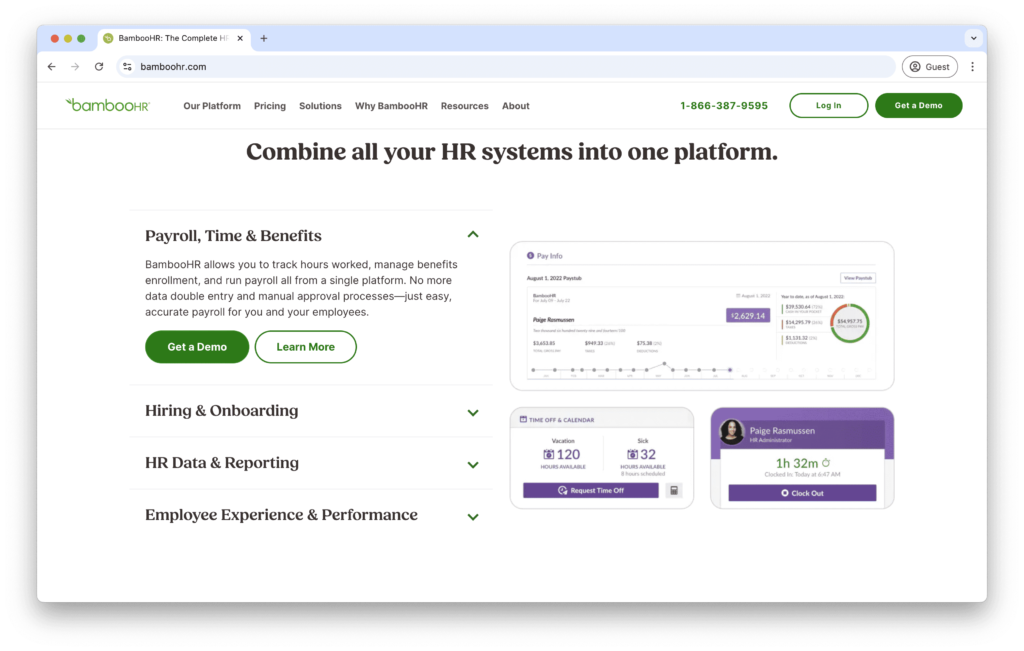
BambooHR has consistently ranked among the top HR solutions for SMBs, offering an impressive balance of features and usability.
Standout Features:
- Intuitive employee self-service portal
- Customizable onboarding workflows
- Performance management tools
- Extensive integration marketplace
- Mobile app with essential functions
Pricing:
| Plan | Starting Price | Best For |
| Essentials | $6/employee | Core HR |
| Advantage | $9/employee | Complete HR |
BambooHR’s user-friendly interface makes it particularly valuable for companies without dedicated HR specialists. The platform has seen impressive adoption rates, with over 70% of new customers fully implementing the system within 30 days (source: BambooHR Implementation Study, 2024).
2. Workday: Best for Enterprise Organizations
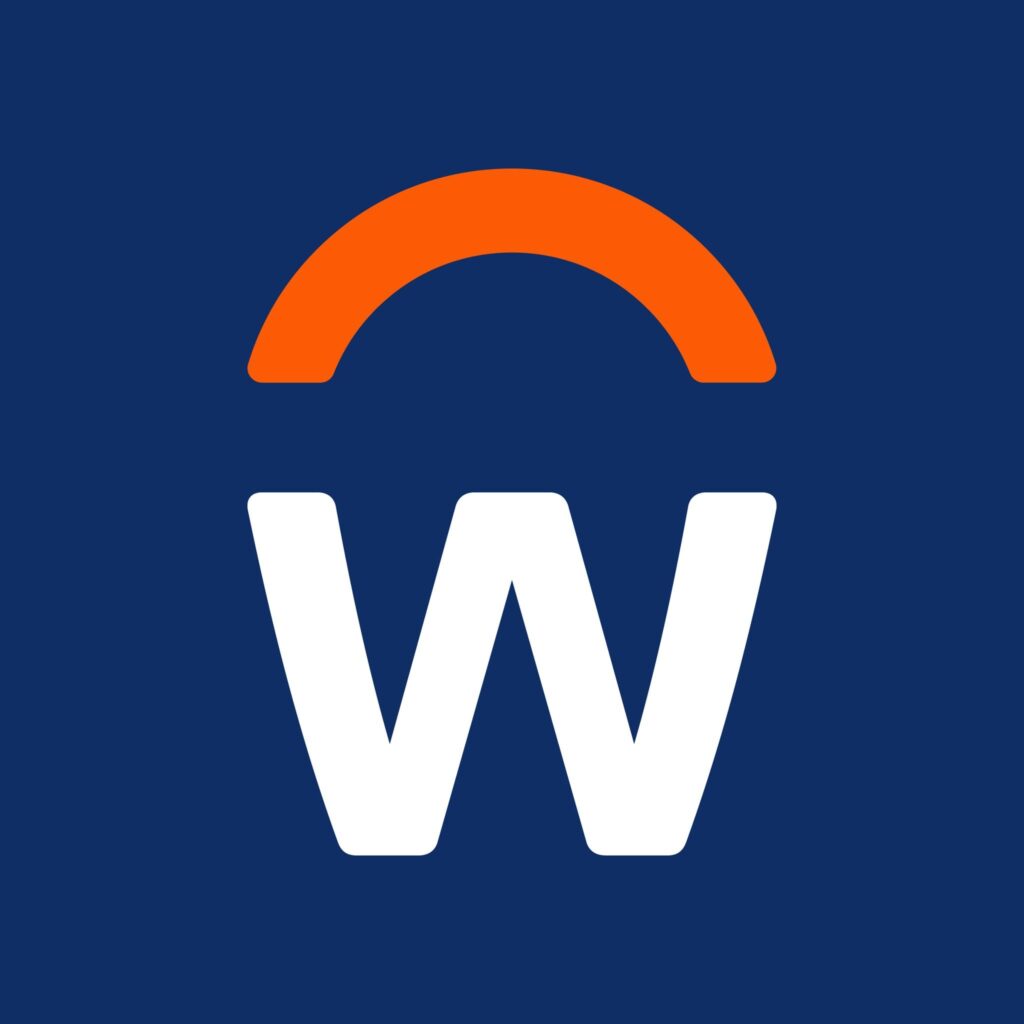
When it comes to enterprise-level HR management, Workday stands out for its comprehensive capabilities and robust architecture.
Standout Features:
- Advanced workforce planning
- Sophisticated compensation management
- Learning management system
- Powerful analytics and benchmarking
- Global compliance features
Workday excels at handling complex organizational structures and offers exceptional data security protocols that meet the demands of large enterprises.
3. Rippling: Best for HR and IT Integration
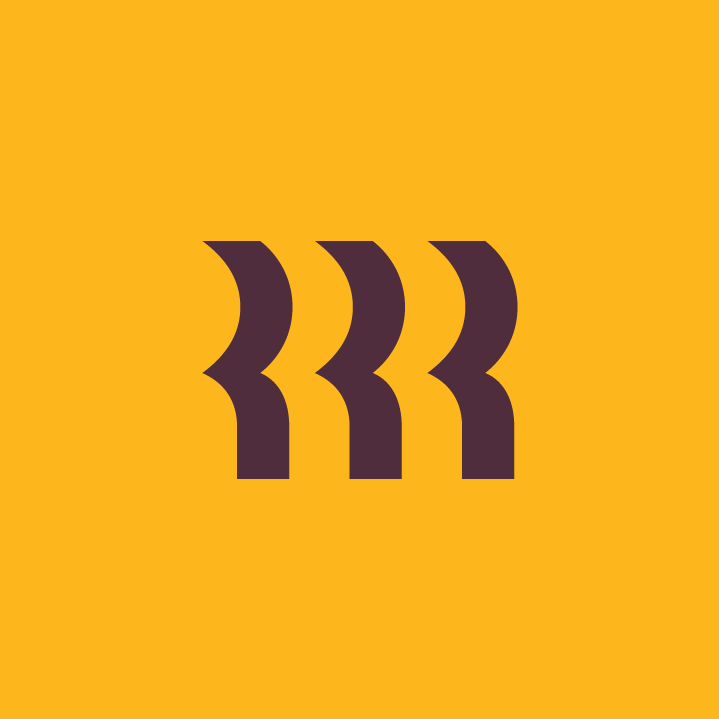
Rippling has revolutionized the HR software space by seamlessly blending HR and IT management.
Standout Features:
- One-click employee onboarding across HR and IT
- Device management integrated with HR
- Global payroll capabilities
- App management through HR workflows
- Advanced time tracking and attendance
Pricing:
| Component | Starting Price | Notes |
| Core HR | $8/employee | Required |
| Add-ons | Varies | Modular |
Rippling’s unique approach to combined HR and IT management can reduce onboarding time by up to 83% compared to traditional processes (source: Rippling Customer Impact Report, 2024).
4. Gusto: Best for Payroll-Focused HR
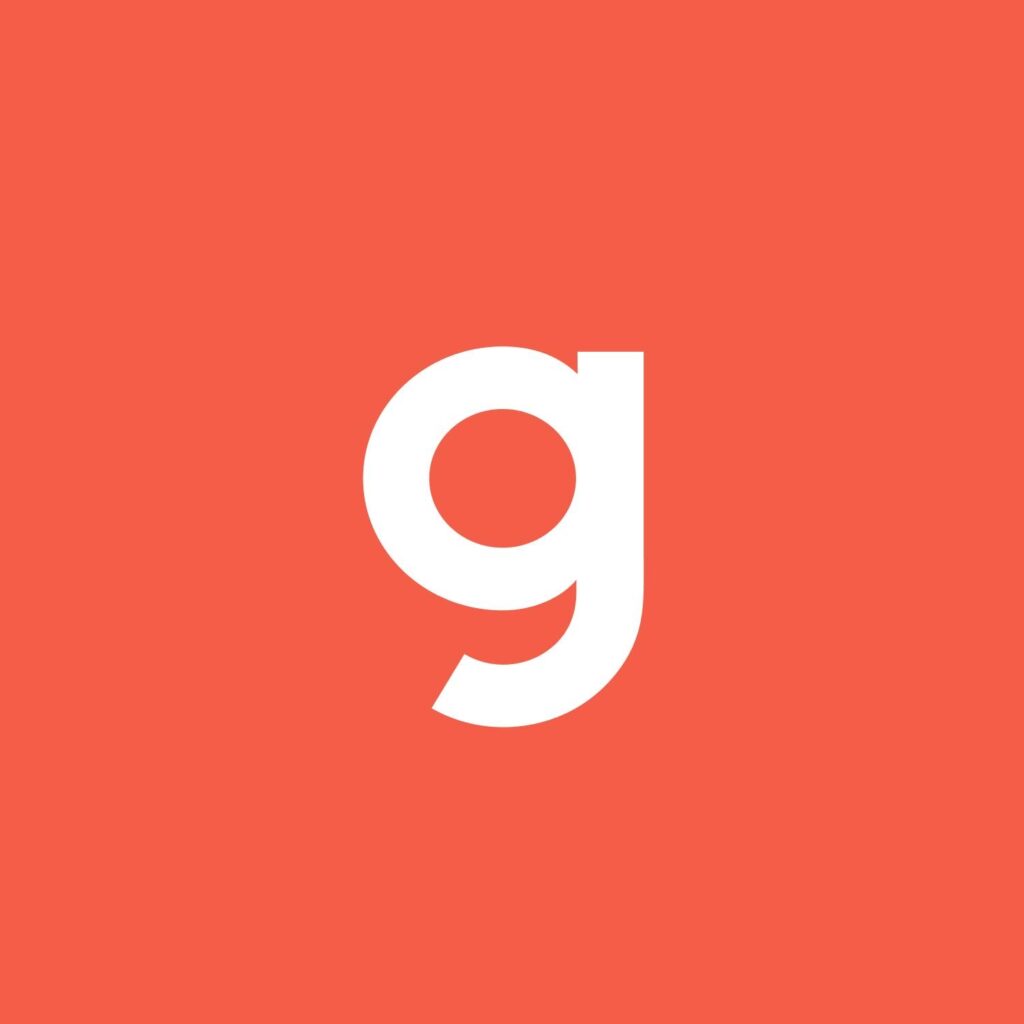
Gusto began as a payroll solution but has evolved into a comprehensive HR platform particularly well-suited for small businesses.
Standout Features:
- Automatic tax filing and compliance
- Built-in time tracking
- Benefits administration
- User-friendly employee self-service
- Customizable onboarding checklists
Pricing:
| Plan | Starting Price | Best For |
| Simple | $40 + $6/person | Basic needs |
| Plus | $60 + $9/person | Growing teams |
| Premium | Custom | Complex needs |
Gusto is particularly popular among businesses with hourly workers and those seeking simplified benefits administration.
5. ADP Workforce Now: Best for Compliance-Focused Organizations
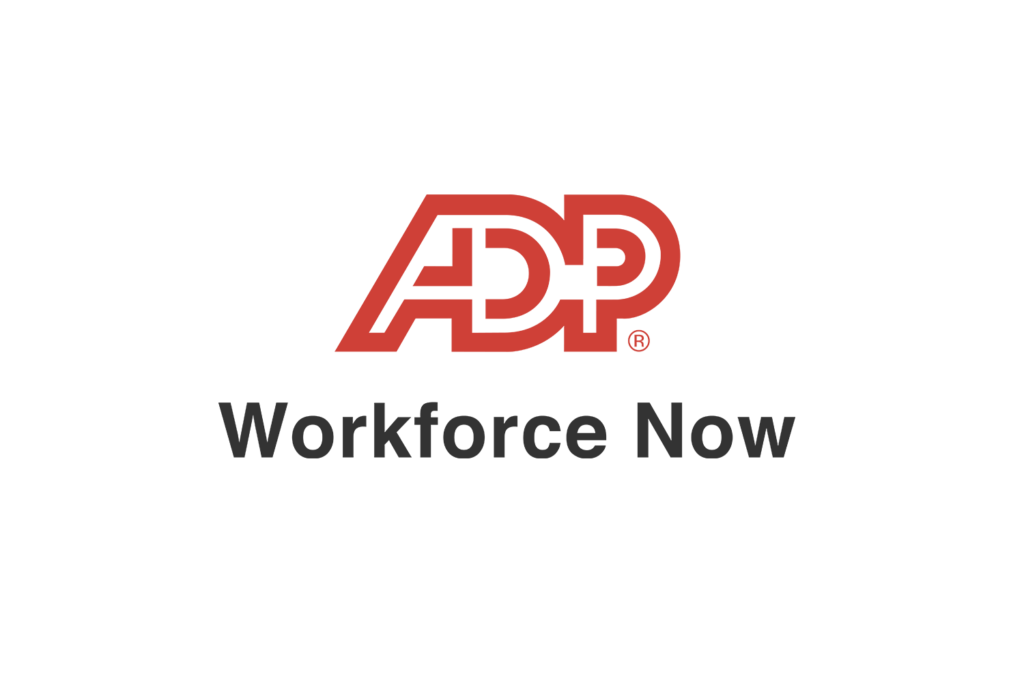
ADP’s reputation for compliance excellence makes its Workforce Now platform ideal for organizations operating in highly regulated industries.
Standout Features:
- Comprehensive compliance monitoring
- Robust payroll processing
- Extensive benefits administration
- Risk management tools
- Learning management system
ADP’s global presence and decades of experience provide unmatched expertise in navigating complex regulatory requirements across different jurisdictions.
6. Greenhouse: Best for Recruitment-Focused HR
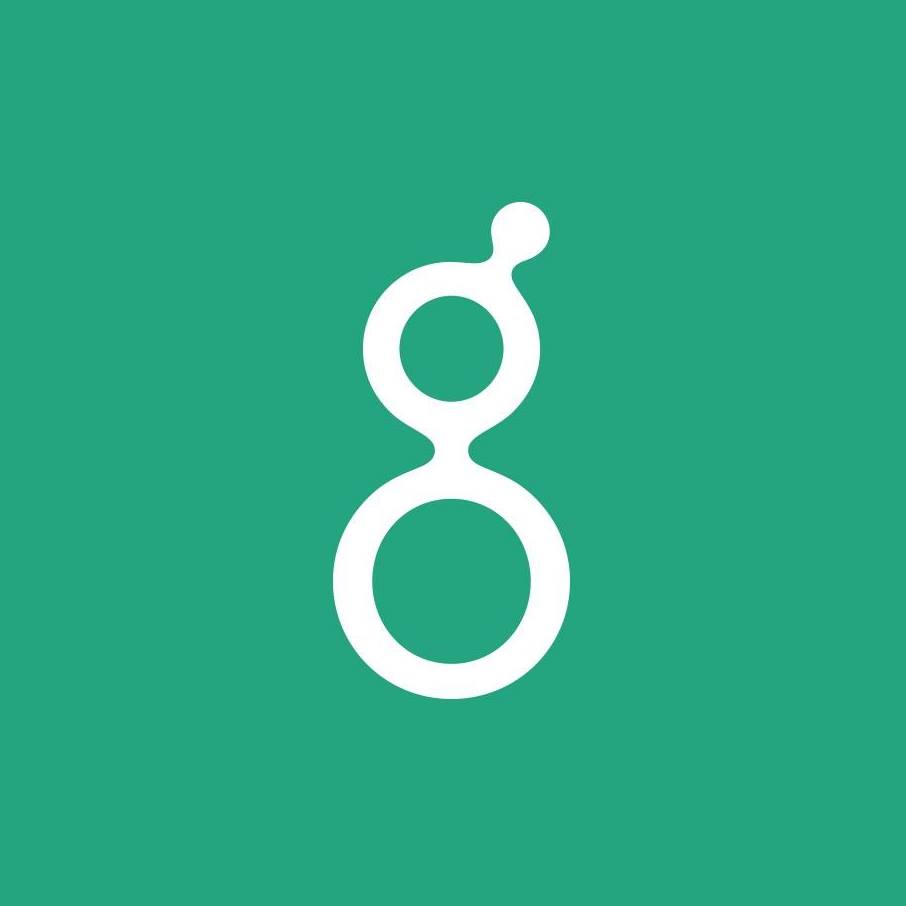
Organizations that prioritize talent acquisition often turn to Greenhouse for its exceptional recruiting capabilities.
Standout Features:
- Structured hiring workflows
- Comprehensive interview kits
- Candidate sourcing tools
- Detailed analytics and reporting
- DEI-focused features
Greenhouse excels at creating consistent, bias-reducing hiring processes that improve quality of hire while enhancing candidate experience.
7. Lattice: Best for Performance Management
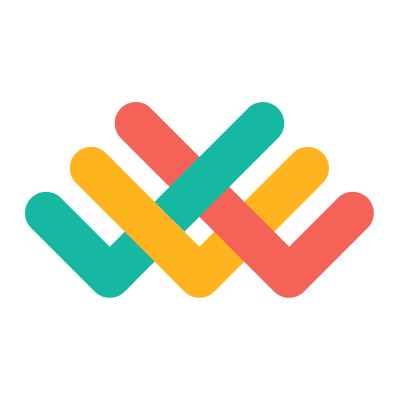
Lattice has emerged as a leader in the performance management space with tools designed to foster employee growth and engagement.
Standout Features:
- Continuous feedback mechanisms
- Goal tracking and OKRs
- One-on-one management
- Engagement surveys
- Career development pathways
Organizations using structured performance management systems like Lattice report 34% higher employee retention rates compared to those using annual reviews alone (source: HR Analytics Institute Performance Management Study, 2024).
8. Oracle HCM Cloud: Best for Large Enterprise Integration
Oracle’s Human Capital Management Cloud offers a robust solution for large organizations with complex requirements.
Standout Features:
- Comprehensive talent management suite
- Advanced HR analytics and reporting
- Global workforce management capabilities
- Extensive configurability options
- Deep integration with Oracle’s ecosystem
Oracle HCM Cloud excels in organizations that already leverage other Oracle business applications, providing seamless data flow across finance, supply chain, and human resources functions.
9. Namely: Best for Mid-Market Companies
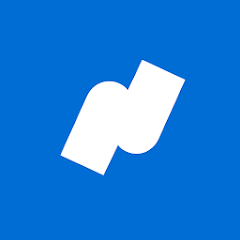
Namely has carved out a strong position serving mid-sized companies with its all-in-one HR platform.
Standout Features:
- Modern, social media-inspired interface
- Comprehensive benefits administration
- Built-in payroll processing
- Customizable reporting dashboard
- Dedicated account management
Pricing:
| Plan | Starting Price | Best For |
| Core | $12/employee | Basic HR |
| Complete | $18/employee | Full suite |
Namely’s approach to creating a familiar, engaging user experience makes it particularly effective for companies focused on employee engagement and modern workplace culture.
10. UKG Pro: Best for Workforce Management
UKG (Ultimate Kronos Group) Pro provides exceptional capabilities for organizations with complex workforce scheduling and management needs.
Standout Features:
- Advanced time and attendance tracking
- Sophisticated scheduling algorithms
- AI-driven absence management
- Powerful compliance tools
- Comprehensive payroll capabilities
UKG Pro is especially valuable for organizations in industries with complex scheduling requirements such as healthcare, retail, and manufacturing.
11. Personio: Best for European Businesses
Personio has emerged as a leading HR solution specifically designed for European companies navigating the region’s unique regulatory environment.
Standout Features:
- GDPR-compliant by design
- Multi-language support
- European-specific compliance features
- Applicant tracking system
- Performance and development tools
Organizations operating in multiple European countries particularly benefit from Personio’s localized approach to HR compliance and data protection regulations.
12. Darwinbox: Best for Emerging Markets
Darwinbox has gained significant traction by addressing the unique HR needs of businesses in Asia, the Middle East, and other emerging markets.
Standout Features:
- Localized compliance for multiple regions
- Mobile-first design approach
- Voice-enabled HR transactions
- Touchless attendance systems
- Contextual employee experience features
Darwinbox’s innovation in mobile accessibility makes it particularly valuable for distributed workforces and remote teams across developing regions.
13. SAP SuccessFactors: Best for Data-Driven HR
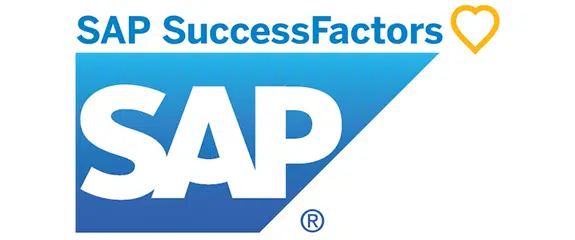
SAP SuccessFactors leverages SAP’s data expertise to provide deep analytical capabilities within its comprehensive HR platform.
Standout Features:
- Sophisticated talent analytics
- Comprehensive succession planning
- Robust learning management
- Employee experience management
- Global compliance capabilities
Organizations seeking to implement data-driven HR strategies often choose SuccessFactors for its unparalleled analytics capabilities and integration with broader SAP business intelligence tools.
Specialized HR Software Categories
Recruitment and Applicant Tracking Systems (ATS)
Beyond Greenhouse, other notable recruitment solutions include:
- Lever: Excellent for relationship-based recruiting
- SmartRecruiters: Strong enterprise capabilities
- JazzHR: Budget-friendly option for SMBs
Learning Management Systems (LMS)
Employee development is crucial for retention and performance:
- Docebo: AI-powered learning platform
- 360Learning: Collaborative learning focus
- TalentLMS: User-friendly solution for small teams
Employee Engagement Platforms
Measuring and improving engagement has become a priority:
- Culture Amp: Combines engagement and performance
- 15Five: Continuous feedback and check-ins
- Peakon: Advanced analytics and benchmarking
Implementation Best Practices
Successful HR software implementation requires careful planning and execution:
Assess Your Needs Thoroughly
Before selecting any solution, conduct a comprehensive needs assessment. Involve stakeholders from across the organization to capture all requirements.
Prioritize Data Migration
Clean data is essential for system success. Allocate sufficient resources to data cleaning and validation before migration.
Invest in Training
Even the most intuitive systems require proper training. Develop role-specific training programs and provide ongoing support resources.
Plan for Integration
Map out all required integrations in advance. Work closely with vendors to ensure smooth data flow between systems.
Implement in Phases
Rather than launching everything at once, consider a phased approach that introduces new features gradually.
Measuring ROI on HR Software
Calculating the return on your HR software investment should consider:
Time Savings
Track hours saved on administrative tasks, approvals, and report generation.
Error Reduction
Monitor reduction in data entry errors, compliance issues, and processing mistakes.
Employee Experience Improvements
Measure changes in employee satisfaction, onboarding experience, and self-service adoption.
Strategic Impact
Assess improvements in talent acquisition, retention rates, and workforce planning accuracy.
Future Trends in HR Software
AI-Powered Decision Support
Artificial intelligence is moving beyond basic automation to provide predictive insights and decision recommendations.
Employee Experience Platforms
The next generation of HR software focuses on creating seamless employee journeys across the entire employment lifecycle.
Continuous Performance Management
Traditional annual reviews are giving way to continuous feedback systems that support real-time development.
Skills-Based Talent Management
HR platforms are increasingly organizing around skills rather than job titles, enabling more flexible workforce planning.
Conclusion: Making the Right Choice
Selecting the right HR software is a significant decision that impacts your entire organization. The best approach is to:
- Start with a clear understanding of your specific needs and pain points
- Evaluate solutions based on your organizational size, growth plans, and industry
- Take advantage of demos and free trials to experience the user interface firsthand
- Consider both immediate requirements and future capabilities
- Validate vendor claims through customer references and reviews
By taking a methodical approach to HR software selection, you can find a solution that not only addresses your current challenges but positions your organization for long-term success in talent management and employee experience.
The right HR software will save time, reduce errors, and provide valuable insights—but most importantly, it will enable your HR team to focus less on administration and more on strategic initiatives that drive business success.

